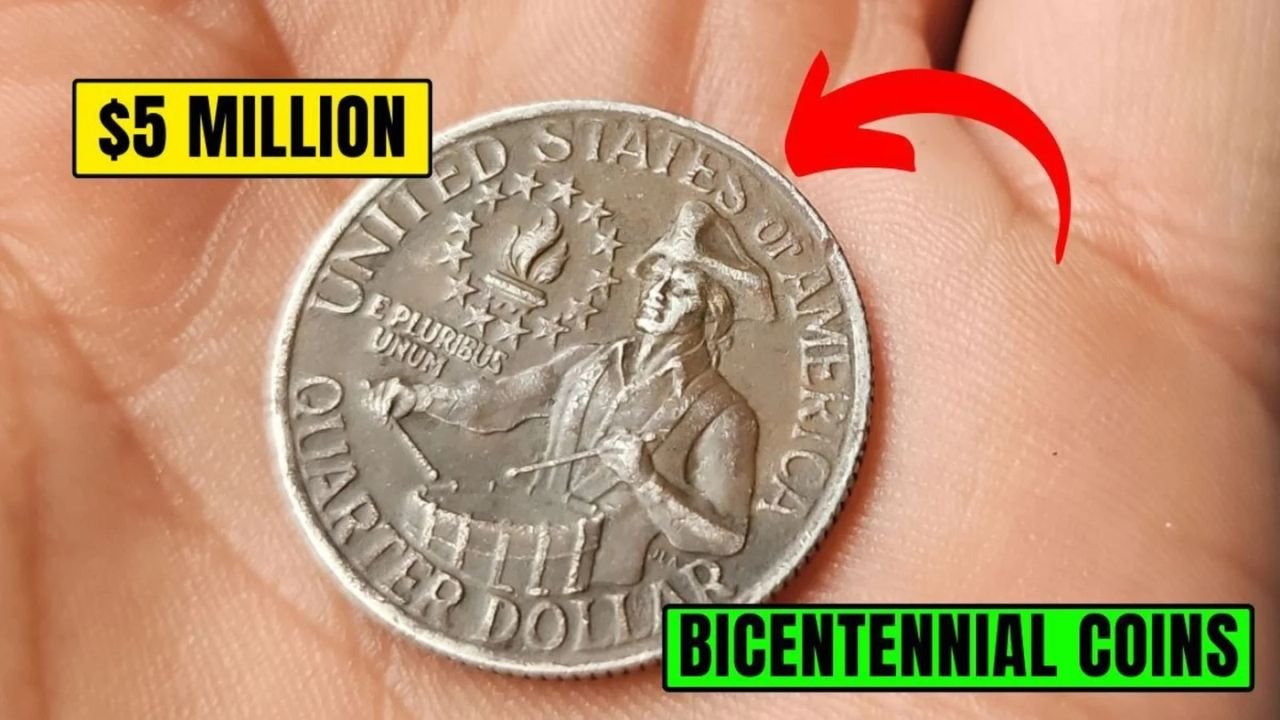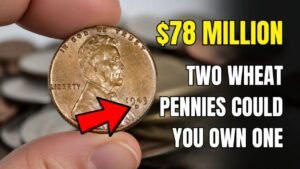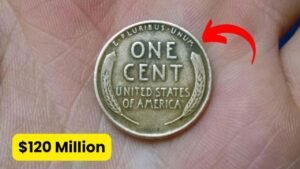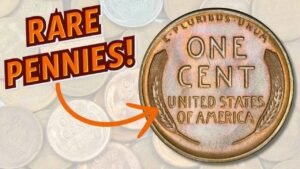Have you ever glanced at your pocket change and wondered if it could be worth a fortune? If you own a 1976 Bicentennial Quarter, you might be sitting on hidden treasure. While most Bicentennial Quarters are worth just 25 cents, a few rare versions—thanks to errors or special materials—can fetch up to $5 million. Here’s a quick guide to spotting the most valuable Bicentennial Quarters and understanding what makes them so sought after.
What Is a Bicentennial Quarter?
The Bicentennial Quarter was minted in 1976 to celebrate the United States’ 200th anniversary. These quarters feature a distinctive colonial drummer design on the reverse and the years “1776–1976” on the obverse. Millions were produced, but certain rare editions—like silver proofs or error coins—are extremely valuable to collectors.
Why Are Some Bicentennial Quarters Worth Millions?
The value of a rare Bicentennial Quarter often comes from:
- Minting errors – such as missing mint marks or coins struck on the wrong metal
- Special materials – like 40% silver in collector editions
- Pristine condition – coins without wear or scratches
Collectors are willing to pay millions for coins that combine rarity with perfect condition.
The 3 Rarest Bicentennial Quarters
1. 1976-S Silver Bicentennial Quarter (Proof, 40% Silver)
- Mint Mark: S (San Francisco)
- Material: 40% silver, 60% copper
- Key Feature: Pristine, uncirculated condition
- Estimated Value: Up to $5 million
These were produced for collectors and are highly sought after in perfect condition.
2. 1976-D Quarter Struck on a Silver Planchet
- Mint Mark: D (Denver)
- Material: Silver instead of copper-nickel
- Key Feature: Heavier and shinier than regular quarters
- Estimated Value: $1 million – $3 million
This rare error occurred when a quarter was accidentally struck on a silver blank, making it a standout collectible.
3. No Mint Mark 1976 Quarter
- Mint Mark: None (Philadelphia error)
- Material: Copper-nickel
- Key Feature: Missing mint mark
- Estimated Value: $500,000 – $2 million
Some quarters were minted without a mint mark by mistake, making them rare finds for collectors.
| Quarter Type | Mint Mark | Material | Key Feature | Estimated Value |
|---|---|---|---|---|
| 1976-S Silver Proof | S | 40% Silver | Pristine, uncirculated | Up to $5M |
| 1976-D Silver Planchet | D | Silver | Heavier, silver appearance | $1M – $3M |
| No Mint Mark 1976 | None | Copper-Nickel | Missing mint mark | $500K – $2M |
How to Spot a Valuable Bicentennial Quarter
- Check the Date: Look for “1776–1976”
- Inspect the Mint Mark: S, D, or none
- Examine the Material: Silver coins look shinier and feel heavier
- Assess Condition: Mint condition coins are far more valuable
- Get It Appraised: Take suspected coins to certified graders like PCGS or NGC
Where to Find Rare Bicentennial Quarters
- Pocket Change: Always check coins from everyday use
- Bank Rolls: Search through rolls of quarters from banks
- Old Collections: Family jars or coin collections may hold treasures
- Estate Sales or Flea Markets: Older coins often surface in these places
FAQs
Q1: How can I tell if my Bicentennial Quarter is rare?
Look for mint marks, special materials, and flawless condition. Professional grading confirms rarity.
Q2: Are rare Bicentennial Quarters common in circulation?
No, they’re very rare, but it’s possible to find them in change.
Q3: Should I clean a rare quarter?
Never. Cleaning reduces its value.
Q4: Where should I sell a rare quarter?
Specialized auction houses or trusted coin dealers provide the best returns.
Q5: Why are collectors willing to pay millions for these coins?
Their rarity, historical significance, and condition make them highly desirable.
Final Thoughts
Next time you get change, take a second look at any Bicentennial Quarters. A careful inspection could reveal a hidden fortune worth millions. Whether in your pocket, coin rolls, or old collections, one of these rare coins might just be your ticket to a treasure hunt!




